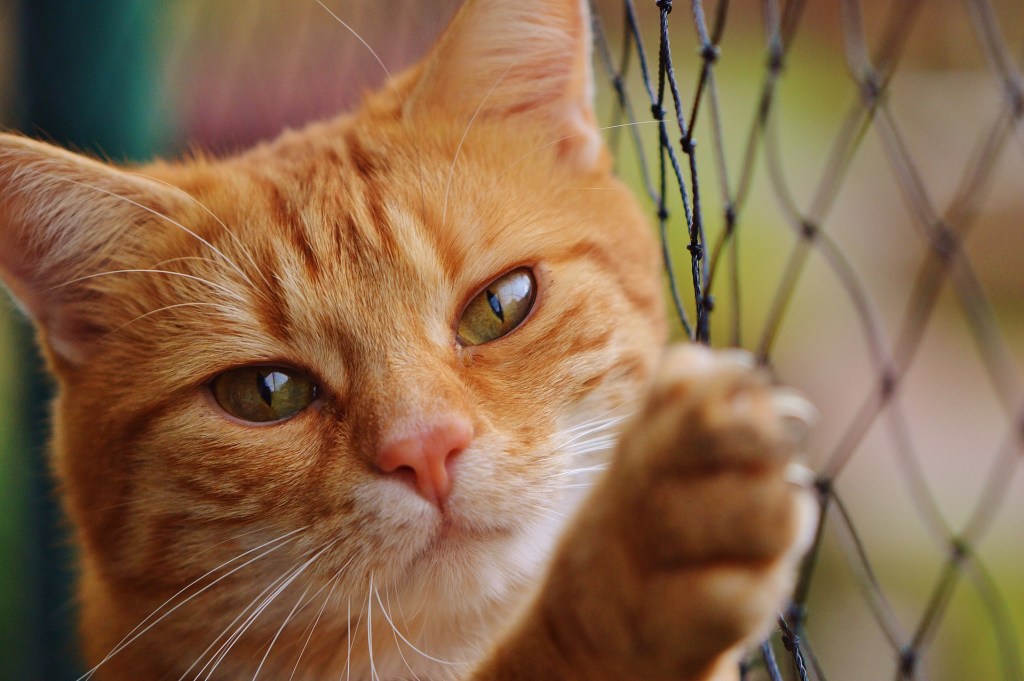Everyone knows that humans are right or left-handed.
But a new study shows that cats are, too. Well, pawed that is.
New research from Queen's University in Belfast found that cats have a definite preference for which paw they put forward first, whether stepping down the stairs, into the litter box, or reaching for food.
The study, which was conducted in owners' homes, focused mainly on the cats' natural and spontaneous behavior. It included data from 44 cats, 20 of which were female. The data was collected by owners, who tracked which paw their cat used when taking the first step down the stairs, and into the litter box, as well as on which side the cat preferred to recline. Over three months, owners recorded 50 instances of each behavior.

The study also involved a food reaching test. Treats were placed inside a three-tiered tower and the cats were given 50 attempts at fishing them out. Paw preference was noted for each attempt.
The results of the study, which were published in the journal "Animal Behaviour," showed that cats overall do not have a paw preference. As 90% of humans are right-handed, this differs greatly from cats. However, individual cats do tend to have a dominant paw.

When reaching for food, 73% had a paw preference; when descending the stairs, 70%, and when stepping into the litter box, 66%. The same paw was generally preferred for each task. However, only 25% of cats had a preference for which side they chose to lay on, and that side did not correspond to their preferred paw for stepping.
Perhaps most interestingly, the team found that male cats generally preferred to use their left paw, while females their right, something that may offer insights into their vulnerability to stress.

Dr. Deborah Wells, co-author of the research, said in an interview with The Guardian:
"Left-limbed animals, which rely more heavily on their right hemisphere for processing information, tend to show stronger fear responses, aggressive outbursts, and cope more poorly with stressful situations than animals that are right-limbed and rely more heavily on their left hemisphere for processing."
While past dog studies seem to suggest that this might be due to hormones, this study's research team is skeptical, as all 44 of the cats were neutered or spayed.
"What is explaining this difference, we just don't know," Wells said. "There is something going on with differences between the brain structure and function, clearly, of male and female animals, but as to the specifics, we just don't know yet."
What paw does your cat prefer? Tell us below!
WATCH NOW: Why Cats Knock Stuff Over




